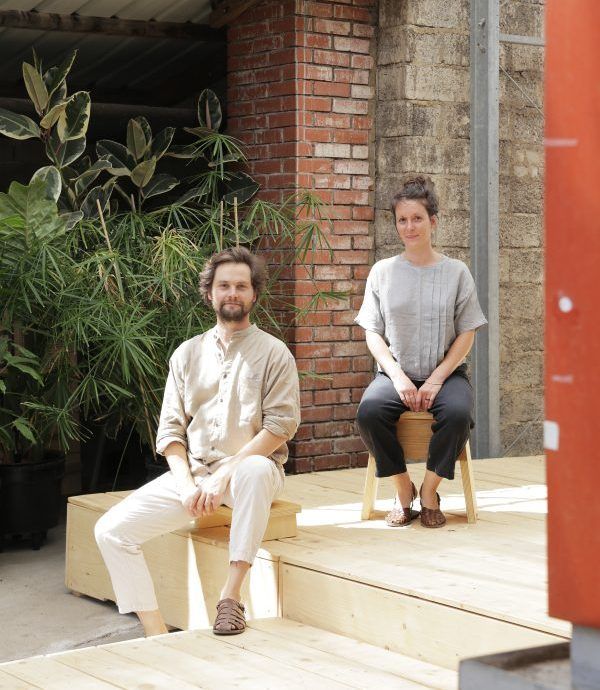The pair of travellers Laura Drouet and Olivier Lacrouts have been refining their approach to curating design and architecture exhibitions, research and writing since 2013. Co-produced by the CID at Grand-Hornu (B), ‘Memo. Souvenirs du futur’ (Memories of the future) and its 15 forward-looking works is also a travelling exhibition. The event is making its first stop at the Fondation Martell in Cognac, France (until 4 January 2026) and will move to Belgium next spring… We caught up with them in France.
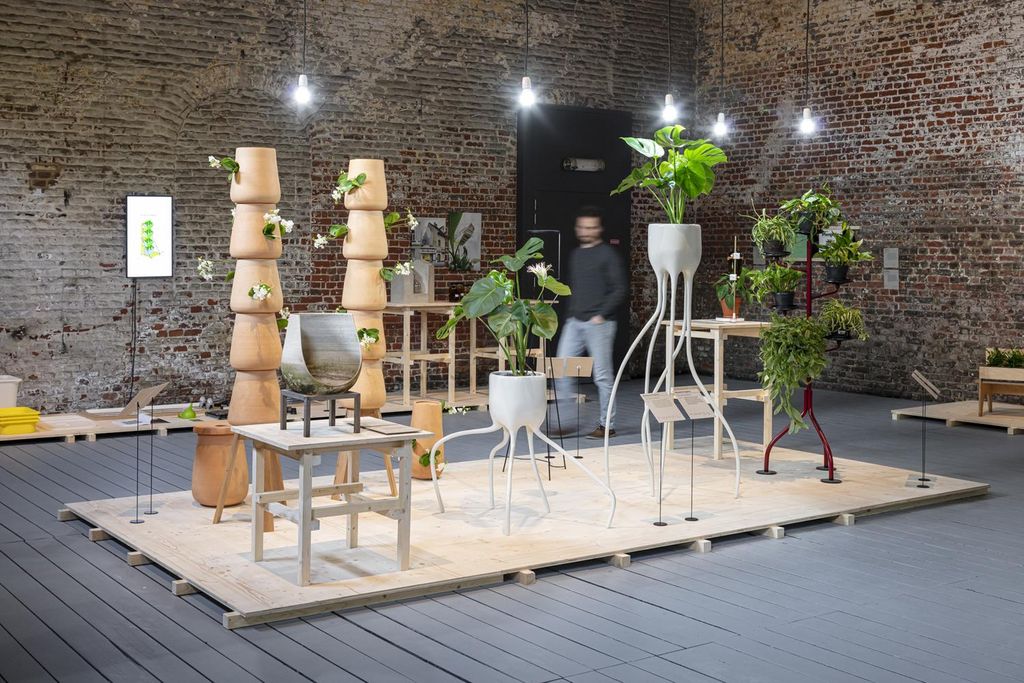
Your studio is nomadic. Where did this choice come from?
OL: After meeting at the Domaine de Boisbuchet International Centre for Research in Architecture and Design where we assisted the founder and director with the scheduling of summer workshops, partnerships and exhibitions, we first settled in Casablanca, Morocco, for field research. These ideas crystallised in an exhibition focusing on the chairs that Casablanca residents make for everyday use (‘Design Without Designers’). We then returned to Europe, where our activities expanded to include writing, particularly on participatory architecture for the magazine Domus. During our stay in Belgium, we bought a van so that we could travel and carry out projects in collaboration with institutions and communities.
LD: Our discoveries over the design weeks laid the foundations for our first exhibition, Plant Fever, produced and displayed by the CID – Centre for Innovation and Design at Grand-Hornu in 2020, for which we moved to Brussels to be close to the museum.
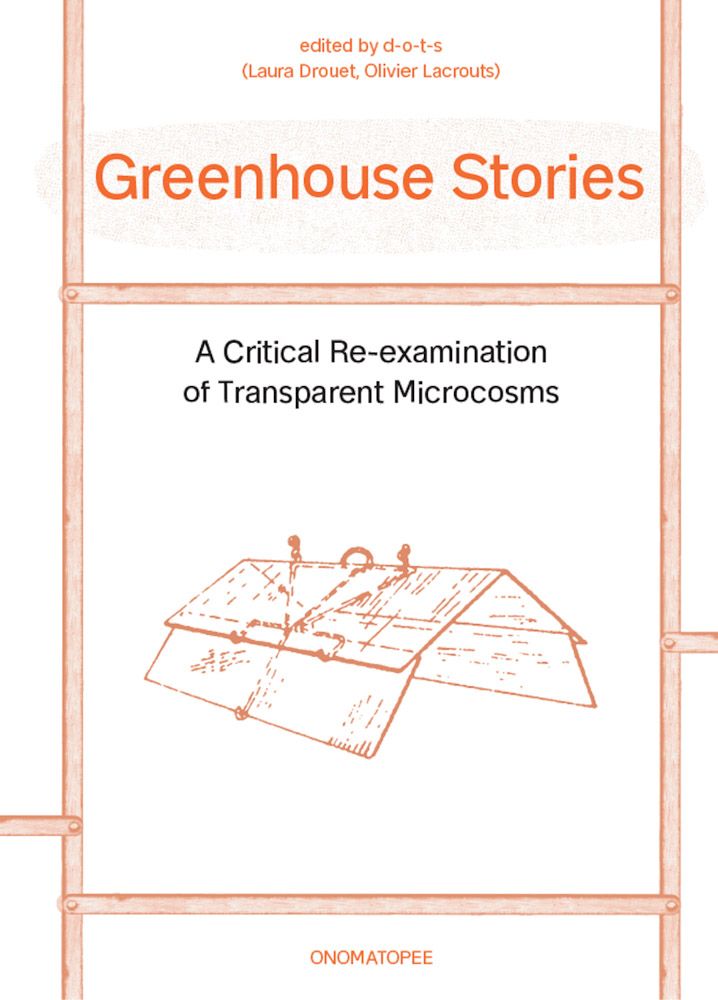
Where are you based now?
OL: In the French countryside, in Felletin in the Creuse department. The idea is to continue developing projects here that are closely linked to the region and its inhabitants.
What forms do your projects take?
OL: A variety. For example, as part of Esch 2022 – European Capital of Culture, in Luxembourg, we took over abandoned greenhouses that had been bought to be demolished in order to build housing. This work, which took the form of an exhibition, workshops, walks and readings, led to the publication of a book, Greenhouse Stories, and discussions with local architects and engineers about the future of these greenhouses.
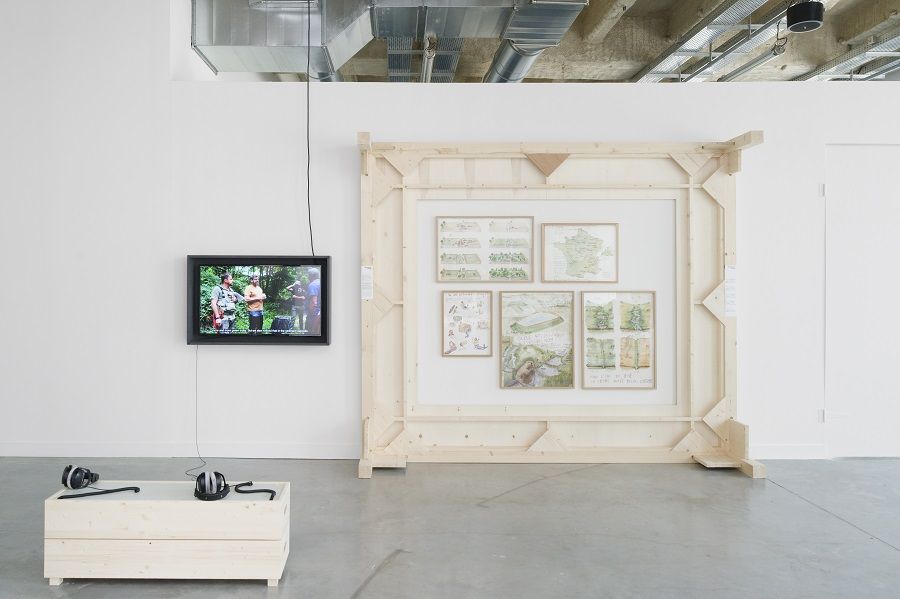
Why did you contact the Fondation Martell for your exhibition ‘Memo’?
LD: We met Anne-Claire Duprat, the director of the Fondation Martell during the exhibition ‘Almanach’ in 2023. She was showing one of our projects: a film accompanied by a performance. We stayed in touch and presented the concept of ‘Memo’ to her and to Marie Pok, the director of the CID. They decided to co-produce the exhibition.

Textile design, sound pieces… Given everything the exhibition encompasses, what is its purpose?
OL: To show that there is a loss of connection with the land. We always think that climate change is far away from us, but the exhibition calls for us to be more attentive to what impacts us directly or indirectly. We want the exhibition to spark conversations and speak to everyone.
How long did you work on this exhibition?
LD: Almost three years.
OL: Our work takes time because it focuses on the interactions that unite human and non-human communities with the landscapes that surround them, and it is informed by current events. In the context of the environmental crisis, we were interested in art and design projects based on actual facts.
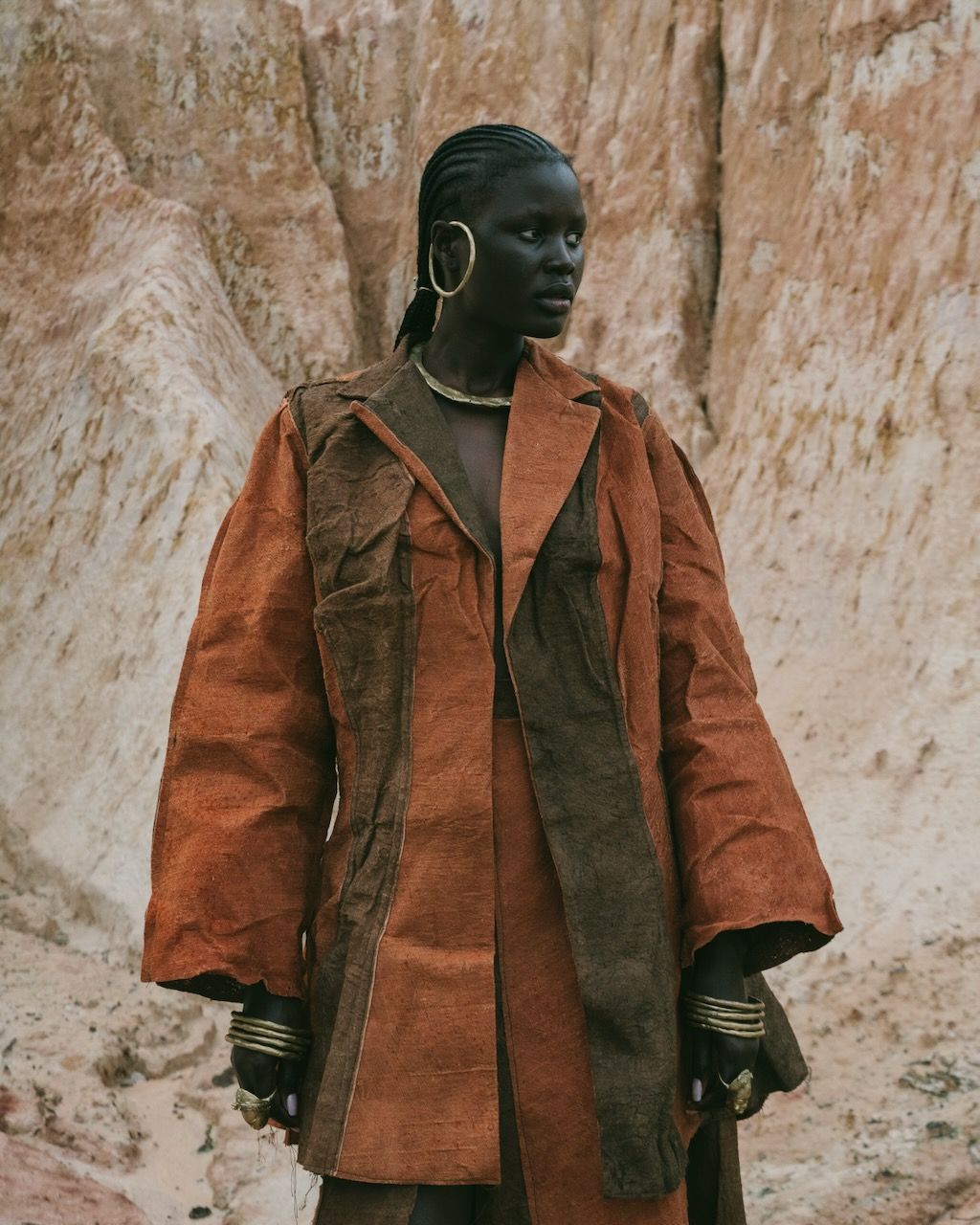
What did you take away from the selection process?
OL: That the work of a curator can be similar to that of a ‘translator’. You have to make the works accessible and illustrate the artists’ creative process. So there are anecdotes in this exhibition, where the projects come from different continents and take many forms (objects, videos, texts, etc.). We discovered faraway places, such as New Zealand, with sound artist and writer Sally Ann McIntyre, and Ghana and Nigeria, with textile artist Bubu Ogisi.
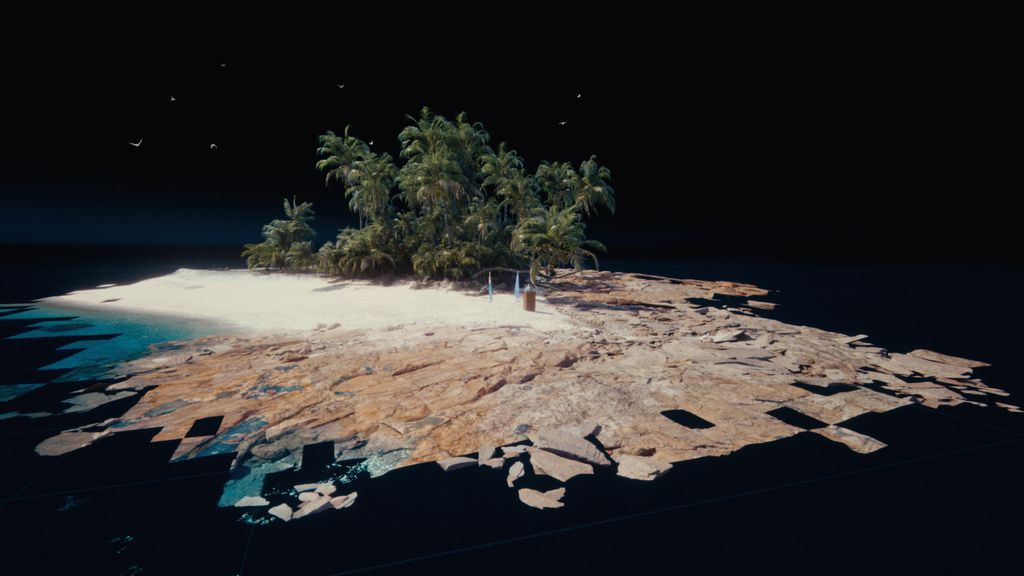
Which work was the starting point for ‘Memo’?
OL: The digitisation of Tuvalu by Collider and The Monkeys, two Australian creative agencies. To reconstruct this Pacific archipelago, they used images taken during the COP26 conference, when the country announced that it was destined to disappear under rising waters by the end of the century and that it had decided to digitise its entire culture and geography to preserve it in the metaverse.
LD: More than a work of art, it’s a communication project that prompted us to focus our research on projects capable of sensitively preserving or reviving the memory of places or species in danger of disappearing.

Which projects reflect realities that are familiar to visitors?
OL: We have made choices that reflect the proximity of the Fondation Martell’s areas in Cognac, in south-western France, and the CID in the Hainaut province in western Belgium. One of these is the rug by Dutch designer Liselot Cobelens (designed for the brand CS rugs, it depicts a map of areas prone to drought and flooding in the Netherlands, which she burns to show the places affected, editor’s note). Another is the performance by designer Roberta Di Cosmo. The granddaughter of a sommelier specialising in olive oil, she has witnessed the devastation caused to olive crops by Xyllela Fastidiosa, a bacterium that could also attack the vineyards of the Cognac region.
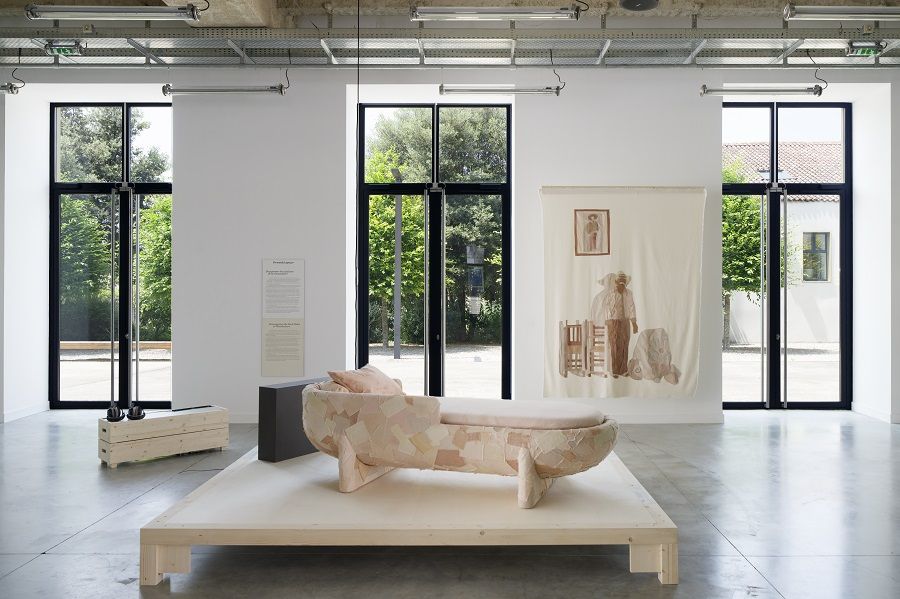
An exploration table is placed at the centre of the exhibition…
OL: It was important for us that this type of space be at the heart of the exhibition because it is often set apart in museums.
LD: This table, designed by scenographer Olivier Vadrot, offers visitors, both adults and children, a place to stop and rest. It is a kind of oasis where they can take a break to understand the context of the works in detail, leaf through a related book, or even draw or make something.
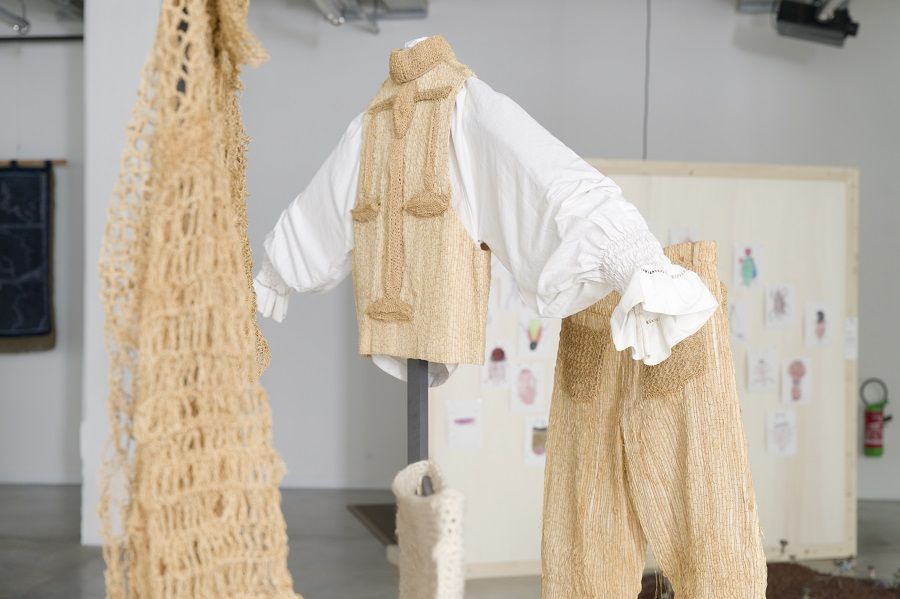
Like the entire scenography, it has been eco-designed. Even the exhibition booklet is environmentally friendly. What about transporting the works?
OL: We wanted the message conveyed through the projects on display and the production of the exhibition itself to be consistent.
LD: The graphic design studio WIP Office chose to work exclusively with responsible paper products. It printed them in a single run in black and cyan, colours that are resistant to fading. In addition, some of our previous scenography has been reused (the ‘Plant Fever’ scenography was used for shared gardens). We want that to be the case here. Discussions are underway with the Fondation Martell and the CID Grand-Hornu. The two institutions are also considering ways to reduce the CO₂ emissions associated with returning the works to their countries of origin, such as acquiring some of them when it makes sense for their collections. Finally, the nomadic nature of the exhibition helps to reduce its carbon footprint, as the idea is that it will travel to other major European museums.
